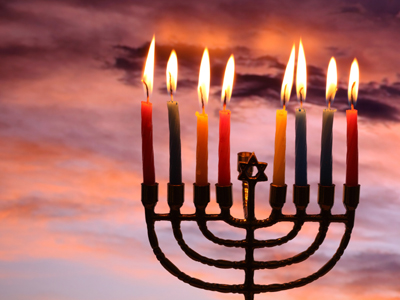

The Jewish High Holy Days
The Jewish holidays, also known as Jewish festivals, or Yom Tovim (literally “good days” in Hebrew) throughout the year, are owed to three principal origins: Biblical commandments, those laid down by the rabbis (or “teachers”), and the modern history of Israel. The most notable and common feature of holy days is that Jewish people refrain from work, although “work” is generally classified as that being of purely a "creative-constructive” nature. The Jewish year begins in Autumn with the celebration of the High Holy Days of New Year and Day of Atonement.
Ready for more?
not all...
quizzers. Try to win a coveted spot on our Hall of Fame Page.






